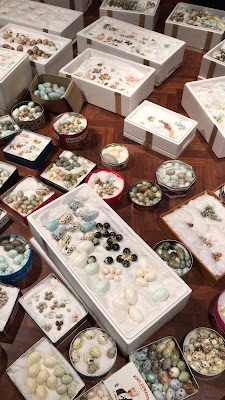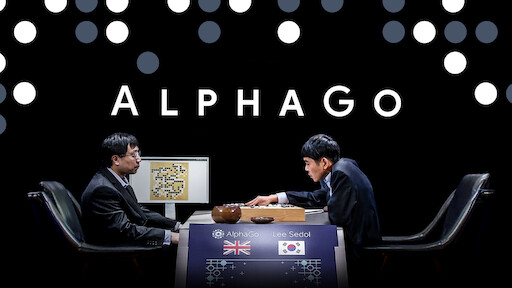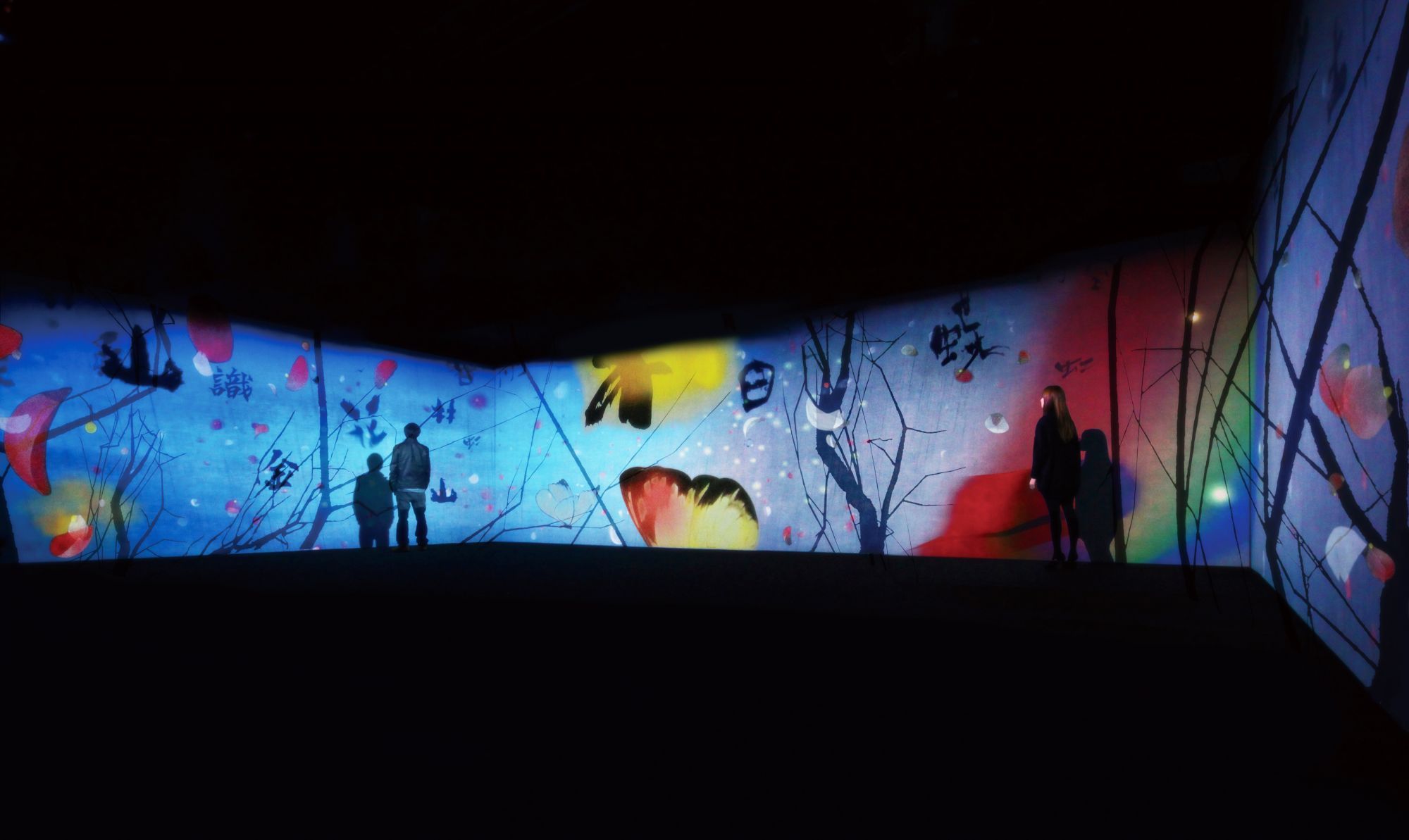Gaia by Luke Jerram
16 - 18 August 2019
Wills Memorial Building
Extinction Voices
5 August—15 December 2019
Bristol Museum & Art Gallery
Today I visited Luke Jerram's
Gaia at Wills Memorial Building, Bristol. A giant hot air balloon like inflatable, 7 meters in diameter, composed of NASA imagery of the Earth's surface.
Spending time gawking at the spectacular glowing globe makes me ponder on our presence in the world. It makes me feel small. But it makes me THINK.
I sit and watch the World go by, reflecting on what we're doing not just right now in this moment, but of humans impact on this environment and other life within.
Next door in the Bristol Museum and Art Gallery the timely intervention of the permanent World Wildlife gallery section of the museum:
Extinction Voices.
The museum have draped fabric over the existing animal exhibitions that are extinct or endangered species.
Extinction Voices is a clever and simple solution - using the existing works which highlighted by the museum themselves, historically pose part of the exact problem of extinction. This is a surprisingly engaging and thought provoking question for visitors.
Back at the World, it's humorous watching reactions to the exhibition. We don't know how to greet the World as we're strangely not used to seeing it. Some people sit, some people stand, some people lie on the ground, or try to get a higher vantage point to see the more familiar landmarks in the northern hemisphere. The surprising presence of the World is puzzling because we live in this world and see it everyday.
Watching these reactions to these inanimate interventions of exiting spaces today made me realise that things don't always have to be complex or physically interactive (as I strive and fail in lots of my work). That the roughly cut fabric drapes don't need to be hemmed at the edges to be perfect. That the images composed to form the world don't have to be 300dpi and seamlessly joined together to create a profound experience.
Our human is something that can be embraced. But to make a change. We need to do a little (lot) less.

















